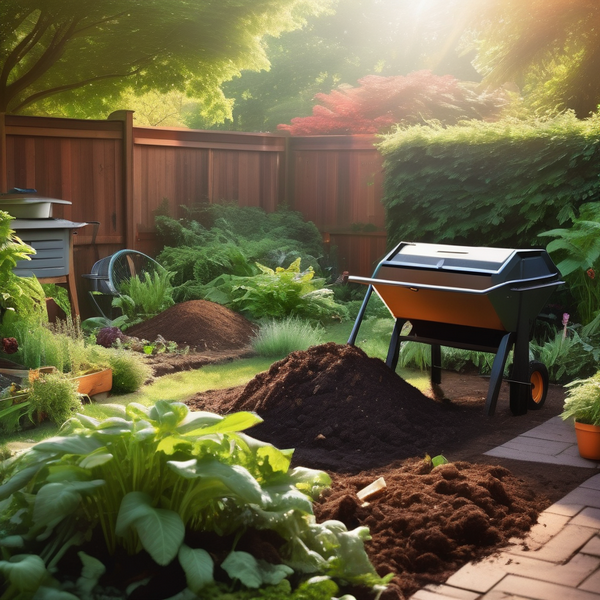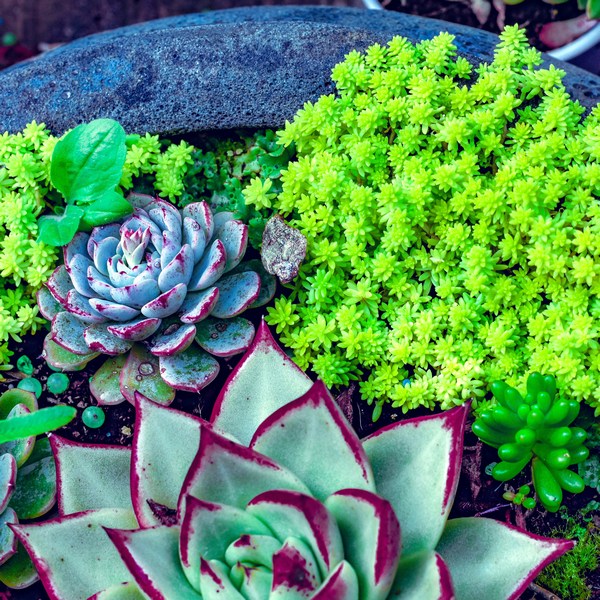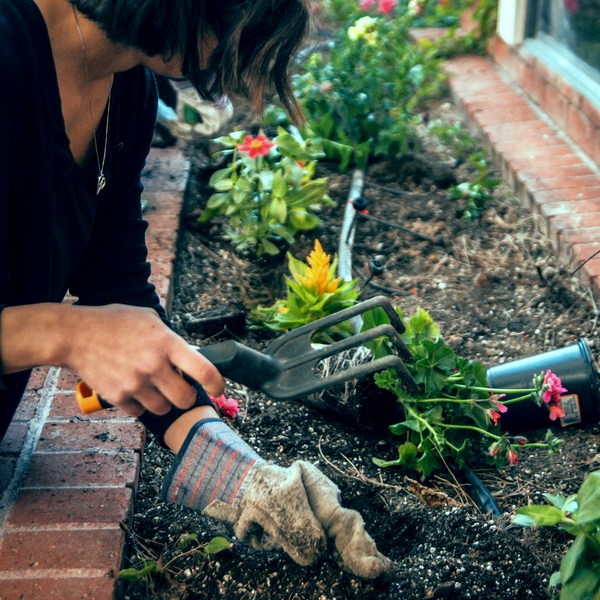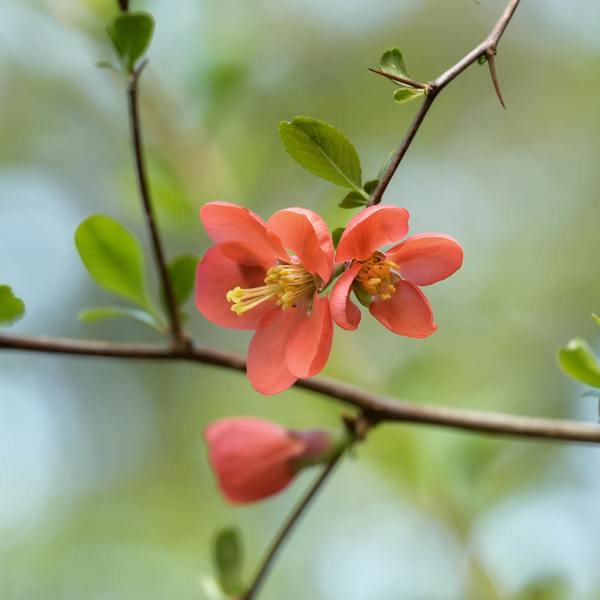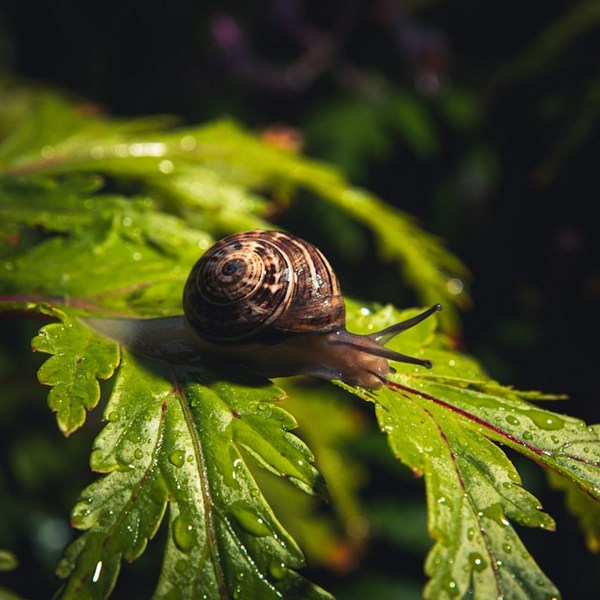Key Takeaways:
- Xeriscaping focuses on water-efficient landscaping, reducing the need for irrigation.
- Native and drought-tolerant plants are key components of xeriscaping.
- Proper soil preparation enhances water retention and plant health.
- Mulching and smart irrigation methods help conserve water.
- Xeriscaping offers aesthetic appeal while promoting sustainability.
Introduction to Xeriscaping

Xeriscaping is a landscaping method designed to reduce or eliminate the need for irrigation by using water-efficient practices and drought-tolerant plants.
Originating from areas prone to drought, xeriscaping has become increasingly popular as a sustainable landscaping option, especially in regions facing water shortages.
Beyond water conservation, xeriscaping offers numerous environmental and economic benefits, making it an attractive choice for homeowners and businesses alike.
Benefits of Xeriscaping
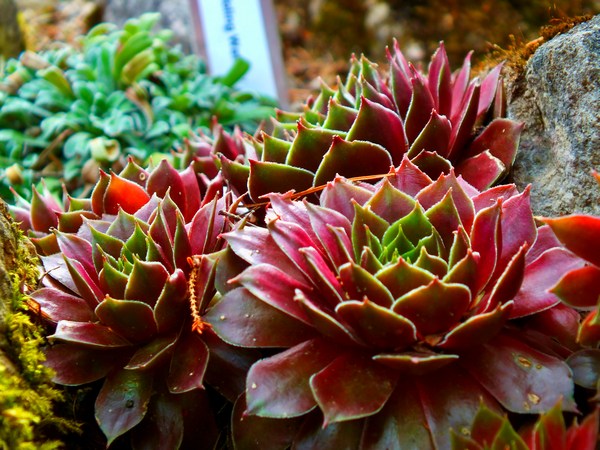
Xeriscaping provides several significant advantages:
- Water Conservation: By reducing the need for supplemental irrigation, xeriscaping helps conserve water, which is particularly valuable in arid regions.
- Lower Maintenance: Xeriscaped gardens require less mowing, fertilizing, and watering, leading to reduced maintenance efforts.
- Cost Savings: Less water usage translates into lower water bills, and reduced maintenance needs also save time and money.
- Environmental Impact: Xeriscaping promotes biodiversity by using native plants and reduces the need for chemical fertilizers and pesticides.
Key Principles of Xeriscaping
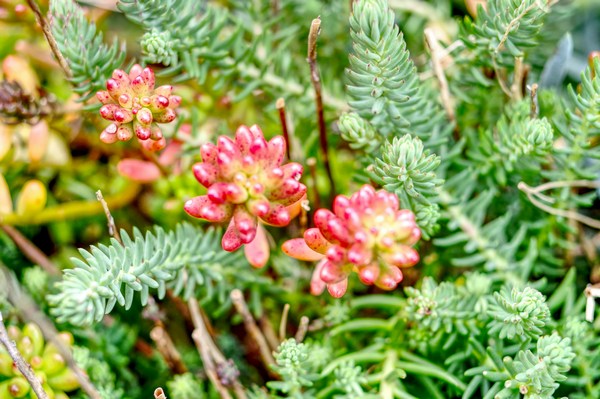
Successful xeriscaping involves following several key principles:
- Planning and Design: Start with a thorough assessment of your site, including climate, soil conditions, and water availability. Create a landscape plan that maximizes water efficiency by grouping plants with similar water needs together.
- Soil Improvement: Enhancing the soil with organic matter improves water retention and supports healthy plant growth. Well-prepared soil is the foundation of a successful xeriscaped garden.
- Efficient Irrigation: Use drip irrigation, soaker hoses, and other water-saving techniques to deliver water directly to the roots where it’s needed most. Consider installing a rainwater harvesting system to capture and reuse rainwater.
- Plant Selection: Choose native and drought-tolerant plants that are adapted to your local conditions. These plants require less water and are more resistant to pests and diseases.
- Mulching: Apply mulch around plants to retain moisture, reduce evaporation, and suppress weed growth. Organic mulches, like wood chips or straw, also improve soil quality as they decompose.
- Maintenance: While xeriscaping is low-maintenance, it’s not maintenance-free. Regularly check your irrigation system, prune plants as needed, and refresh mulch to maintain a healthy garden.
Plant Selection for Xeriscaping

Choosing the right plants is helpful for a successful xeriscaped garden. Native plants and drought-resistant species are ideal because they thrive in local conditions and require minimal water.
Popular choices include succulents, cacti, ornamental grasses, and Mediterranean herbs like lavender and rosemary.
When selecting plants, consider factors such as color, texture, and seasonal interest to create a visually appealing landscape.
Irrigation Techniques in Xeriscaping
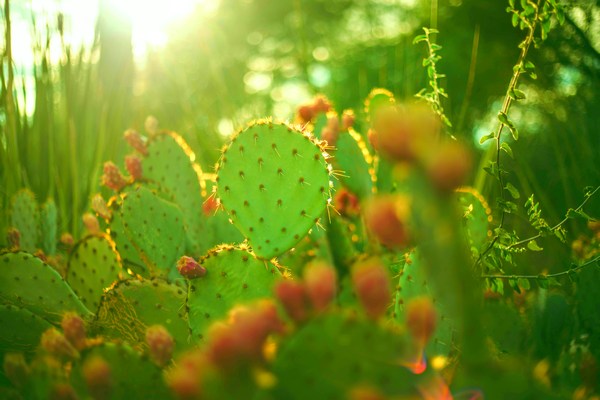
Efficient irrigation is a cornerstone of xeriscaping.
- Drip Irrigation: Delivers water directly to the plant roots, minimizing waste and evaporation.
- Soaker Hoses: These provide consistent moisture with minimal evaporation, making them an excellent choice for xeriscaping.
- Rainwater Harvesting: Collecting and using rainwater for irrigation reduces reliance on municipal water supplies and lowers water bills.
- Scheduling and Timing: Watering in the early morning or late evening reduces evaporation, ensuring that more water reaches the plants.
Soil and Mulching Practices
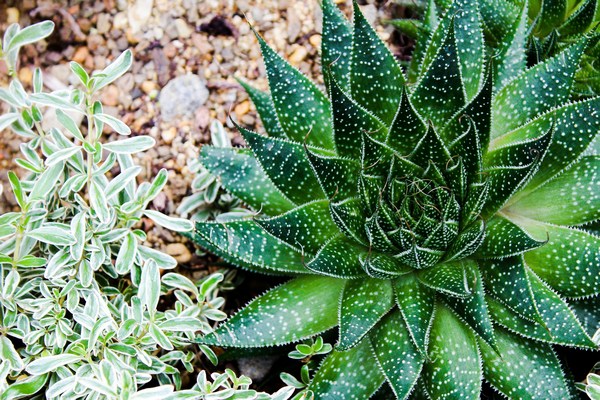
Soil quality plays a vital role in xeriscaping success. Improving soil structure with organic matter enhances water retention, making it easier for plants to thrive with less water.
Mulching is equally important, as it helps retain moisture, reduce evaporation, and keep the soil temperature stable.
Choose the right mulch based on your plants and local climate, and apply it correctly for maximum effectiveness.
Design Ideas for Xeriscaping
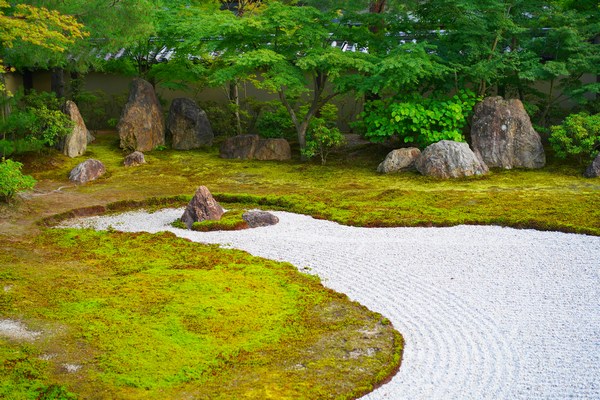
Xeriscaping doesn’t mean sacrificing aesthetics.
- Zoning: Grouping plants with similar water needs together ensures efficient water use.
- Hardscaping Elements: Incorporating rocks, gravel, and other non-plant elements adds texture and reduces water needs.
- Creating Visual Interest: Use a mix of textures, colors, and heights in your plant selection to create a dynamic and attractive landscape.
- Xeriscaping in Small Spaces: Even small urban gardens and balconies can benefit from xeriscaping principles by using container plants, vertical gardens, and efficient irrigation.
Challenges and Considerations
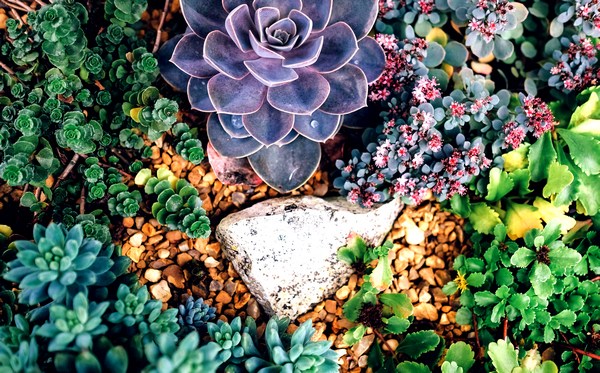
While xeriscaping offers numerous benefits, it’s important to consider some challenges:
- Initial Costs: The upfront investment in xeriscaping can be higher due to soil preparation, plant selection, and irrigation systems. However, these costs are often offset by long-term savings on water and maintenance.
- Adapting to Local Conditions: Customizing xeriscaping techniques for different climates may require additional research and planning, particularly in areas with extreme temperatures or unusual weather patterns.
- Long-Term Maintenance: While xeriscaping is generally low-maintenance, some ongoing care is required to keep the landscape healthy and attractive. Regular pruning, irrigation checks, and mulch refreshing are necessary to maintain the garden’s appearance and function.
Conclusion
Xeriscaping is an effective and sustainable way to create a beautiful landscape while conserving water and reducing maintenance costs. By following the key principles of xeriscaping—such as choosing drought-tolerant plants, improving soil quality, and using efficient irrigation methods—you can create a garden that thrives with minimal water use. Whether you’re dealing with a small urban space or a large suburban yard, xeriscaping offers a practical solution for sustainable landscaping.
FAQs
What are the best plants for xeriscaping in my region?
Native plants and drought-tolerant species like succulents, ornamental grasses, and Mediterranean herbs are usually ideal for xeriscaping.
How much water can I save with xeriscaping?
Xeriscaping can reduce water usage by 50-75% compared to traditional landscaping, depending on your local climate and plant choices.
Is xeriscaping suitable for all climates?
Xeriscaping is most effective in arid and semi-arid regions but can be adapted for various climates by choosing appropriate plants and irrigation methods.
How do I start converting my lawn to a xeriscaped garden?
Begin by planning your design, improving the soil, and selecting drought-tolerant plants. Gradually replace turf with xeriscape-friendly alternatives.
Are there any drawbacks to xeriscaping?
Initial costs and the need for careful plant selection are potential drawbacks, but the long-term benefits typically outweigh these concerns.
Quick Start Guide to Composting: Turning Waste into Gold
Key Highlights Composting transforms organic waste into nutrient-rich soil, reducing landfill waste and methane emissions. It enhances soil health, promotes plant growth, and cuts the…
Xeriscaping 101: Easy Steps for Beginners
Key Takeaways: Xeriscaping focuses on water-efficient landscaping, reducing the need for irrigation. Native and drought-tolerant plants are key components of xeriscaping. Proper soil preparation enhances…
Medicinal Plants: Your Healing Home Garden
Key Takeaways Growing medicinal plants at home provides easy access to natural remedies. Many medicinal plants are low-maintenance and thrive in home gardens. Common medicinal…
Organic Gardening: Essential Tips for a Chemical-Free Garden
Key Highlights Natural Techniques: Use composting, companion planting, and beneficial insects for fertility and pest control. Organic Methods: Grow plants without synthetic fertilizers or pesticides,…
7 Physical Benefits of Gardening: Green Thumb, Healthy Heart
Key Highlights Gardening activities such as landscaping, planting, and maintaining plants can help reduce blood pressure and improve cardiovascular health. Regular gardening can help build…
Pollinator Friendly Gardens: Attract Butterflies & Bees
Key Takeaways Pollinators like butterflies and bees are essential for healthy gardens and ecosystems. A pollinator-friendly garden includes a variety of native plants that provide…
9 Natural Ways to Repel Snails & Slugs in Your Garden
Key Highlights Coffee grounds, eggshells, and diatomaceous earth are effective natural repellents for snails and slugs in the garden. Beer traps and copper tape can…
